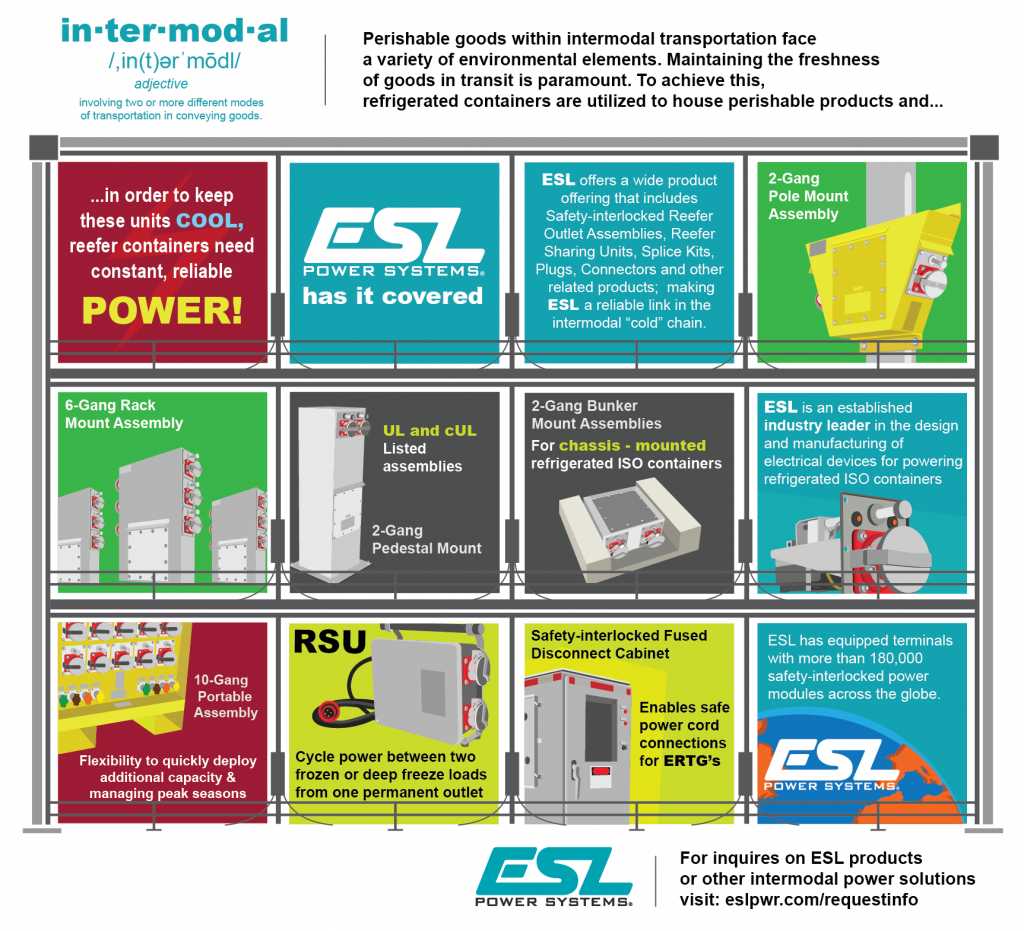
To ensure the safest and most reliable transfer switch equipment is purchased, the UL 1008 requirement should be included into project specifications. Whoever is responsible for the transfer switch selection process should be aware of criteria that helps classify each UL Listing.
Why UL Listing Matters?
In order to minimize the chances of backup power failure, it is important to make sure that transfer switches and other electrical equipment are properly certified. The UL 1008 Listing is not just a transfer switch performance standard; it is an industry standard for design and construction certification. In order to receive a UL 1008 Listing, a transfer switch must undergo rigorous testing by the independent certification agency.
UL 1008 standard was established by Underwriters Laboratories to help protect against transfer switch dangers and failures. Since its inception, the UL Certification process and standard have been modified and updated on a regular basis. The 7th Edition of UL 1008, which became effective in 2014, resulted in significant changes to the short-circuit ratings shown on all transfer switch products within the industry.
The additional requirements now include:
- Withstand and close on ratings (WCR) covering severe fault currents
- Bolted faults and short circuits to ensure the device can carry rated currents
- Endurance tests which record performance of the transfer switch at each ampere level
The File number is located on top of (or next to) the UL mark; which is identified with the letters “UL” inside a circle and the word “Listed.”
When a transfer switch has successfully passed all of UL’s tests, the manufacturer is then permitted to label qualifying products with the UL mark. The UL 1008 transfer switches are given one of three labels:
- Non-automatic transfer switch
- Automatic transfer switch
- Transfer and bypass isolation switch
Know How to Identify the UL Mark
After passing the tests, UL Listed products are required to carry a marking to identify the Listed company. A (label on a) transfer switch can consist of the company name, a trade name or trademark, or the Listee’s UL file number. The File number is located on top of (or next to) the UL mark; which is identified with the letters “UL” inside a circle and the word “Listed.”
Misconceptions with UL Certification
Knowing there is a lack of education in the market, many companies will state their device “meets UL standards.” This does not mean it was tested and is “UL Listed”. When you are evaluating products, look for the logo and category code. This code can be used to verify the listing and the standard to which it was evaluated.
Below is a list of common UL Listings associated with transfer switches and emergency power connection equipment.
UL 1008 Transfer Switch Equipment
UL 1008 is specifically designed for transfer switch equipment. Products with a UL 1008 certification means the whole assembly is certified and has undergone rigorous testing to ensure performance, safety, and reliability. Non-Automatic transfer switches that are Listed under the UL 1008 standard are evaluated in accordance with Articles 517-Health Care Facilities, 702-Optional Standby Systems of the National Electrical Code (ANSI/NFPA 70) and the National Fire Protection Association Standard for Health Care Facilities (ANSI/NFPA 99). The inspection process is also easier when emergency power transfer switch equipment is UL 1008 Listed.
UL 1773 Termination Boxes
This standard is intended for applications that are wired via terminals (usually permanent) and does not contain switching equipment.
UL 98 Enclosed Dead-Front Switches
The UL 98 standard applies to double throw or knife edge switches (air switches), and does not allow the incorporation of circuit breakers.
UL 67 Panelboards
This standard does not apply to transfer switch equipment. UL 67 covers panelboards for the control and protection of electric lighting and appliance branch circuits, and power circuits, including feeder distribution panelboards.
UL 50 Enclosures for Electrical Equipment, Non-Environmental Considerations
A UL 50 Listing only certifies that the actual box is UL Listed for a specific environmental condition (Type 1, Type 3R, etc.). This does not mean that the whole assembly (enclosure plus components) has undergone testing for the intended application.
Let ESL make your job easy! Download our UL 1008 Listed Manual Transfer Switch specifications for engineers.


